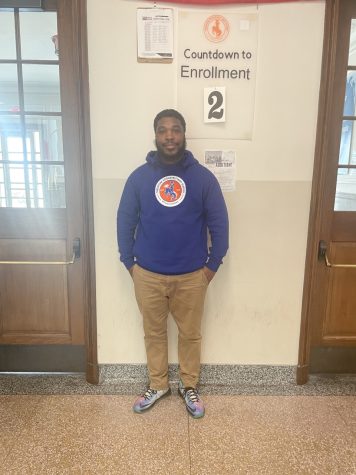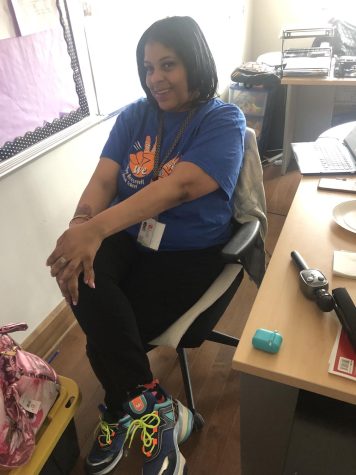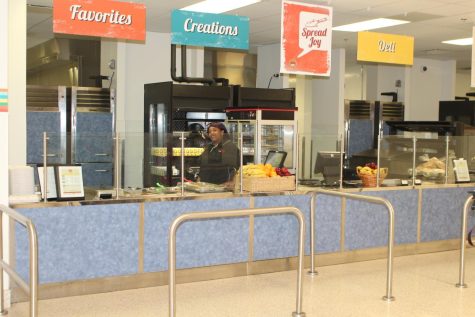Students prefer learning in a social environment
Classes where you can move and talk are the most engaging, students say
March 7, 2023
If you are on a hunt to find good teaching, Roosevelt is a good place to look because students here know it when they see it. They can describe what makes a classroom the kind of place where your head is in the game and not on top of the desk.
One student said that the best classes are the kind that “get your blood pumping,” says Malakai Howard, a tenth grader, recalling a math class that he thought was fun. “You had to build a structure out of like, out of random materials and whoever got the highest kilometers or weight win,” he says.
From the teacher’s perspective, social and emotional learning can be as important as math.
“Well, the most important thing for me is socializing,” says Daniel Vargas, the ESL math teacher who teaches home room B329.
And the students feel that way too about their classes. Derrick Hawkins, a junior, is one of many students who says he is more engaged when working with “my peers, and them engaging in the work too, and working as a team.”
Moving around is also huge for students.
“Like when we’re all working in group activities,” says Janiyah Lozada, a junior. “I would say that’s pretty engaging, instead of just sitting in a room.”
Hawkins agrees and adds that the group dynamic is also important. “What makes my classmates engaged is when my peers are engaging into the work too,” he says.

While students may think that they are the ones who want to do the socializing, Vargas confirms that some teachers understand the importance and benefits of a social classroom.
“I prefer having them in groups where the activity can be transitioning from one party to another like a train station,” Vargas says.



![You can buy this all purpose usage paddle for discipline kids [sic]on Amazon. It is described as being well sanded ultra smooth with rounded edges for comfortable handling.
5 airflow holes designed to reduce air resistance or pressure which allows for maximum velocity.](https://riderstimes.com/wp-content/uploads/2023/03/Screen-Shot-2023-03-20-at-8.39.41-PM-475x345.png)




